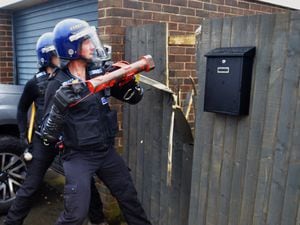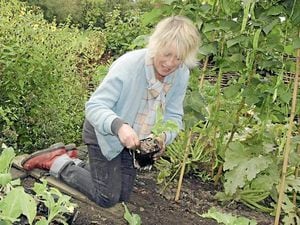Peter Rhodes on an unlikely utopia, too much trauma and who to blame for the carnage of Dieppe
Read the latest column from Peter Rhodes.

“Has there ever been such a racially diverse utopia as this tiny village in Kent?,” asks the Daily Telegraph TV reviewer, Anita Singh, describing The Larkins (ITV), set in the 1950s yet shot through with the sensitivities of modern-day woke Britain.
In episode one, Ma Larkin asks her teenage son how he should approach a girl. “Without scaring or embarrassing her,” replies the dutiful and socially-aware child, in pure 2021-speak. Don't miss episode two when Pa Larkin is sent for re-education classes, having joined in the village tug o' war without taking the knee.
In a new book, the distinguished historian Patrick Bishop blames the catastrophic 1942 Dieppe Raid on its architect Lord Louis Mountbatten who, having squandered hundreds of lives in the botched attack, claimed the carnage was worth it, as a rehearsal for D-Day two years later.
I once interviewed a Dieppe survivor, John Whorton of Lilleshall, Shropshire. He was an 18-year-old Churchill tank commander in the raid. He recalled the horror as his tank tracks sank deep into the beach and “just went round and round . . . we were sitting targets.” Unbelievably, in the months before the Dieppe Raid, his Churchills had never been tested on similar beaches in England. All of the 29 British tanks landed at Dieppe were lost and three of John's five-strong crew were killed. Surely Mountbatten and his aides should have realised that sending untested tanks up a shingle beach towards German guns was not a rehearsal for anything, but criminal negligence.
Some parts of the media find it hard to report the pandemic without using the phrase “mental health,” as though we are a nation teetering on the brink of insanity. In his book, The End of Trauma, US professor George Bonanno, a pioneering researcher in bereavement and trauma, redresses the balance. He says many people facing distressing events suffer “serious stress response” which is natural and helpful, but most of them go on to experience a gradual recovery and resilience.
So why are so many people diagnosed with post-traumatic stress disorder (PTSD)? Bonanno suggests it may be because the definition is so vague. One of his students calculated how many combinations of symptoms could result in a PTSD diagnosis. The answer was a staggering 630,136. Bonanno says: “The ability to rebound remains the norm throughout adult life.”
In other words, we may be tougher than we think.





